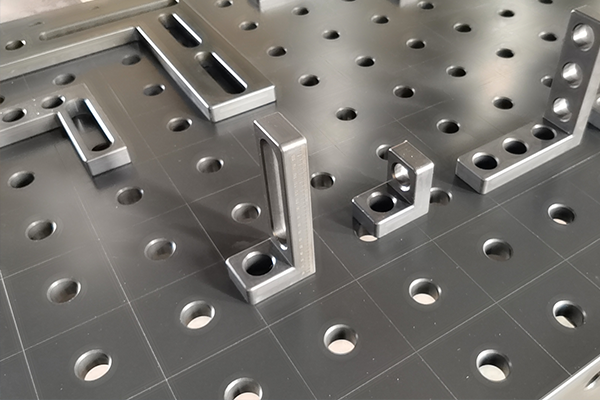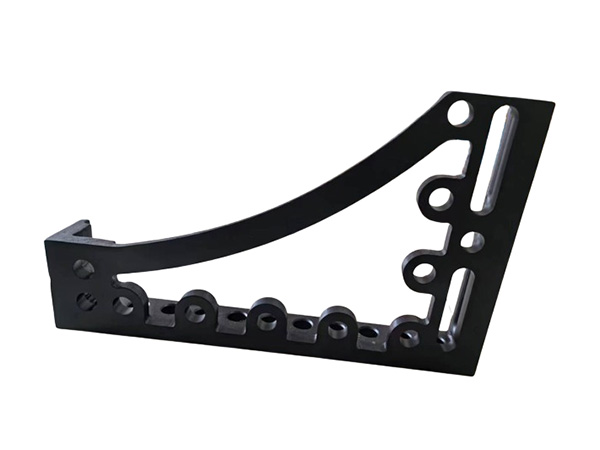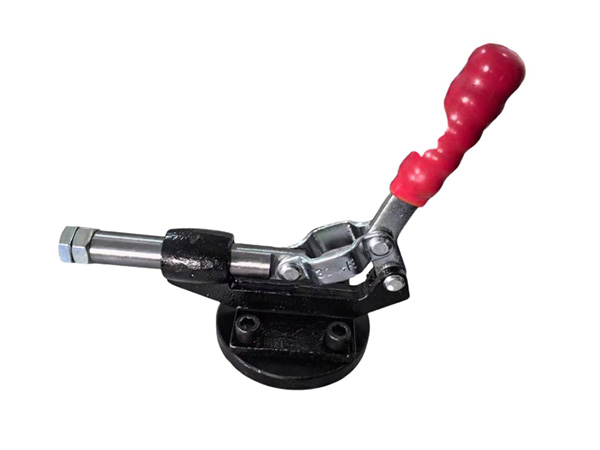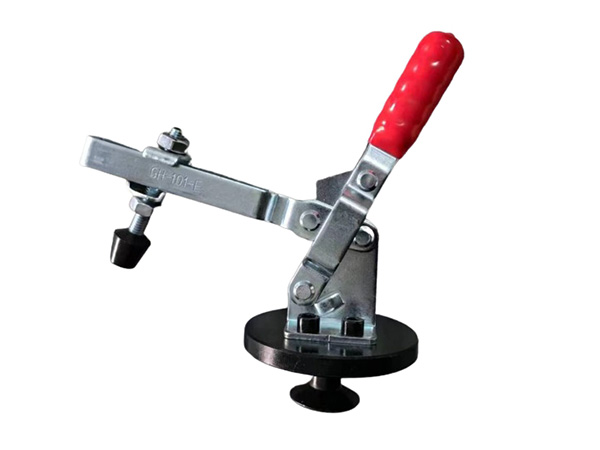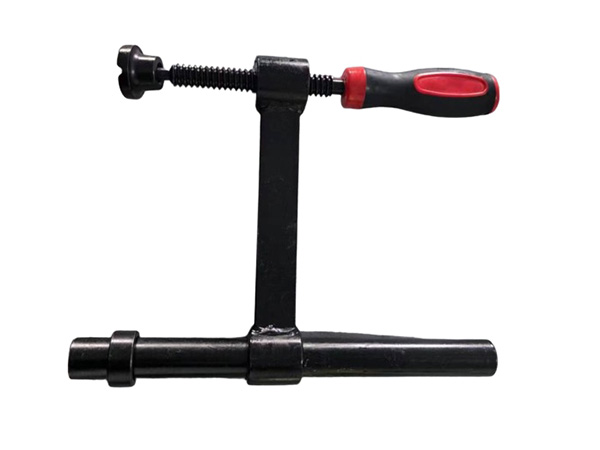- 网站导航 -
Address: Home > News > Technical documentation >
Introduction to Welding Fixtures
Time:2024-05-31 11:04:43 Author:Fadetong Clicks:151Second-rate
1. The Role of Welding Fixtures in Flexible Welding
Welding fixtures play a crucial role in the flexible welding process, offering several key functions and benefits that enhance the overall efficiency, precision, and adaptability of welding operations. Here are the main roles of welding fixtures in flexible welding:
a. Positioning and Holding Workpieces
Welding fixtures securely hold workpieces in the correct position during the welding process. This ensures that the components are aligned properly and remain stable, preventing movement that could lead to inaccuracies and defects in the welds.
b. Enhancing Precision and Consistency
By maintaining the precise positioning of workpieces, welding fixtures contribute to the consistency and repeatability of welds. This is particularly important in high-volume production settings where uniformity and quality are critical.
c. Increasing Efficiency
Welding fixtures streamline the setup process by reducing the time required to position and align workpieces manually. This leads to shorter cycle times and increased productivity, allowing for faster turnaround in production runs.
d. Improving Safety
Fixtures provide a safer working environment by minimizing the need for manual handling and adjustment of workpieces during welding. This reduces the risk of injuries caused by handling hot or heavy components.
e. Supporting Complex and Multi-Axis Welding
In flexible welding systems that operate in multiple dimensions (X, Y, Z axes, and potentially rotational axes), fixtures are essential for maintaining the exact position of workpieces. This is crucial for executing complex welds that require precise orientation and multiple welding angles.
f. Enabling Automation
Welding fixtures are integral to automated welding systems. They allow for the integration of robotic arms and automated processes, ensuring that workpieces are consistently and accurately positioned for the robots to perform the welding tasks.
g. Adaptability to Various Workpieces
Flexible welding fixtures can be designed to accommodate different shapes and sizes of workpieces. They can be adjusted or reconfigured to handle a variety of components, making them versatile tools in flexible manufacturing systems.
h. Facilitating Quality Control
By ensuring consistent positioning and alignment, welding fixtures help maintain high-quality standards. This reduces the occurrence of defects and rework, leading to better overall product quality.
2. Types of Welding Fixtures in Flexible Welding
Modular Fixtures: These fixtures consist of modular components that can be reconfigured to fit different workpieces and welding tasks. They offer high flexibility and adaptability for various applications.
Dedicated Fixtures: Designed for specific workpieces or welding tasks, dedicated fixtures provide optimal precision and stability but are less flexible compared to modular fixtures.
Adjustable Fixtures: These fixtures allow for adjustments in positioning and alignment, accommodating variations in workpiece dimensions and welding requirements.
3. Conclusion
Welding fixtures are vital in flexible welding for ensuring precision, efficiency, safety, and adaptability. They support the automation and complex multi-axis welding processes that are increasingly prevalent in modern manufacturing. By securely holding and positioning workpieces, welding fixtures contribute significantly to achieving high-quality, consistent welds in a variety of applications.

